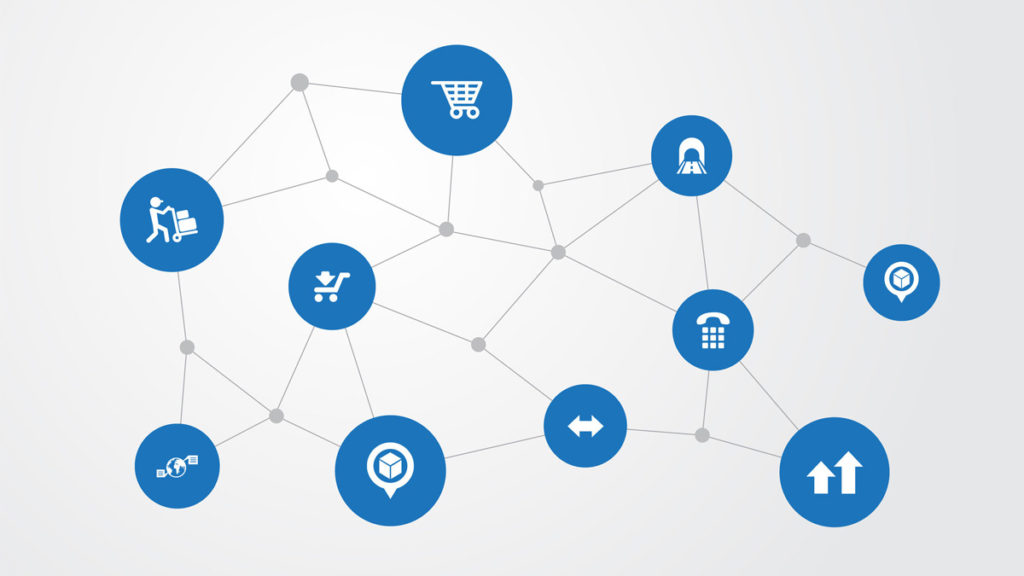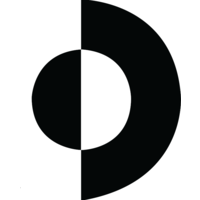The customer journey map is a graphic representation of the steps taken by the users up until the moment they become a client of the brand. By following the customer’s journey we can identify the points that encourage them to keep going and which inconveniences might slow them down, then we can fix the latter.
From the perspective of digital marketing, this information is very valuable when it comes to optimising the clients’ experience in every interaction with the brand. How is the customer journey map evolving? How should one adjust the online marketing strategy to the customer journey map?
Flywheel; the evolution of the customer journey map
Even though marketing activity continues to support client movement towards a purchase, currently, users are the drive behind the progress in the customer journey: recommendations and word of mouth influence the sales decisively. In fact, according to a study by Hubspot, a software for automated marketing, in 2018, 81% of the users trusted family members’ and friends’ advice more than the information conveyed by the brands themselves, and 55% of them actively distrusted businesses.
In the age of hyper-personalisation and client-focussed marketing, the customer journey map has undergone a transformation: the linear conversion funnel was the idea behind flywheel, a client-centred cycle. In this new paradigm, the purchase itinerary is cyclical, omnichannel and erratic: customers go back and forth searching for the information as they need it, and the recommendations from their closest circle play an essential role in the final decision.
How to adapt online marketing strategies to the current customer journey
Some of the most useful online marketing tactics are:
Optimise the web according to search intent
Google’s algorithm is using more and more artificial intelligence and machine learning apps to try and interpret the search intent behind each query. These can be classed into four key types:
- Informative: the user wants to learn or find certain information.
- Comparison: they are deciding between different products or services.
- Transaction: the intention is clearly a purchase.
- Direct browsing: the user searches for a specific brand or website.
Since it is a part of the SEO on-page strategy, the aim is to find patterns and adjust the keyword selection and the nature of the content (blog, landing page, guides, comparisons, etc.) to finally climb up to the first positions in organic search results. Google will recognise as the most relevant, those that answer the question behind the query.

Identify and file away the main hurdles that are slowing down the customer journey’s advance
How to speed up the customer’s journey towards a sale? The answer is within the different factors that drive the process or among those hindrances or friction points that slow it down. In order to file the latter down, it is useful to break down the customer journey in stages and analyse the key areas for the interaction with the brand (thorough data analysis would be very helpful in this instance):
| Customer journey stage | Hindrance examples |
| Discovery: inspiration and search | – Products out of stock – Ads that direct to the wrong product – Web not optimised for mobile – Non user-friendly filters |
| Purchase: consideration and payment | – Too many steps in order to complete the purchase – Needing to create an account and asking for too much information – Options and delivery costs are unclear |
| Post-purchase: delivery and after the delivery | – Slow and inflexible delivery options – Unsatisfactory customer service – Aggressive cross-selling (extra insurance, warranties, etc.) – Issues in managing returns or overcharged prices |
It is paramount to anticipate an appropriate course of action to deal with each friction point. Some will be related to the business configuration itself (the logistics or the price and discount policies), but others can be fixed through the online marketing strategy.
Paid tactics should adapt to theconsumer purchase itinerary; the factors that intervene are targeting audiences, channels (search, social, video, display, etc.), types of ads, messages and objectives. They cannot be the same for clients with a clear purchase intention and for those who are only browsing and looking for inspiration.
Matías Candal, Strategy Director at Labelium
Never forget, however, that your client’s success is your success
Strengthening the flywheel can also be a matter of making the most of the experiences lived by users who have already finished their consumer journey successfully. To this effect, transmitting them is essential; by conferring them value through opinion surveys or reviews about a product, or, in the case of B2B businesses, having them participate in the creation of success stories that show the results obtained while working together.







